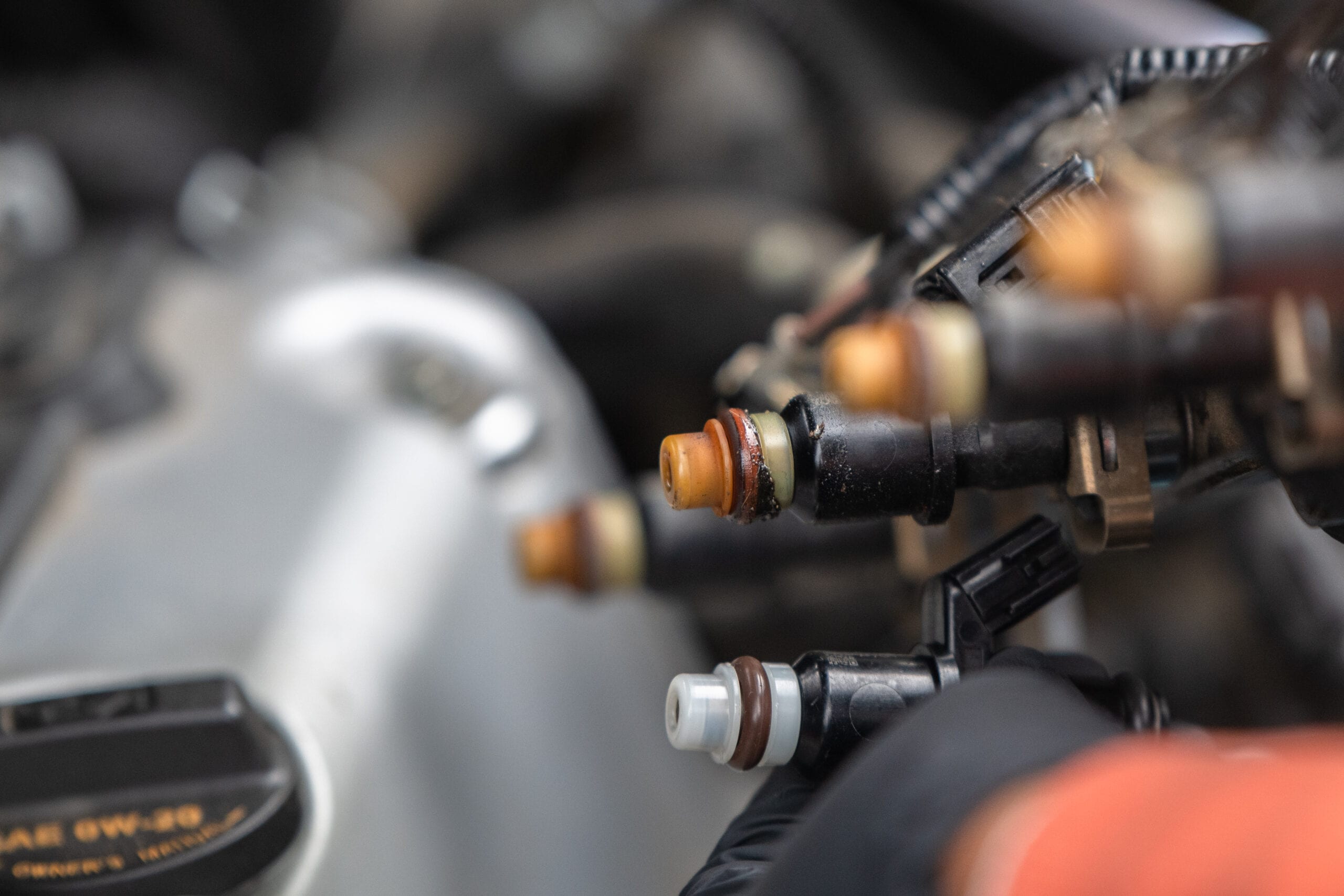-
Shopping Tools
-
Care & Maintenance
-
About
-
Dealer Login

Curious how a golf cart fuel pump moves fuel reliably to the engine? This guide breaks down its vacuum-pulse design, step-by-step operation, quick diagnostics, and simple upkeep for smooth running.
A golf cart fuel pump uses engine pulses to flex a diaphragm that draws fuel from the tank and sends it to the carburetor at a steady rate. Unlike automotive electric pumps, this small diaphragm pump powers itself from the engine’s pressure changes—no wiring required. Understanding the basics helps you diagnose hard starts, hesitation, or stalling without guesswork. If you’re maintaining an older golf cart or upgrading components, knowing how the pump works is essential.
As the engine runs, the piston’s up-and-down motion creates alternating pressure and vacuum pulses inside the crankcase. A small rubber or vinyl “pulse” hose routes those pressure changes to the fuel pump body.
Inside the pump, a flexible diaphragm separates the pulse chamber from the fuel chamber. Vacuum pulls the diaphragm one way; pressure pushes it back. This rhythmic flexing is the pump’s “stroke” that drives fuel.
When vacuum reaches the pump, the diaphragm moves to enlarge the fuel chamber. An inlet check valve opens, drawing fuel up from the tank and through the fuel filter. The outlet valve stays closed so fuel can’t flow backward.
On the next pulse, crankcase pressure pushes the diaphragm the opposite direction, shrinking the fuel chamber. The inlet valve closes, the outlet valve opens, and a measured slug of fuel travels to the carburetor. The alternating suction and pressure strokes keep fuel delivery steady across idle, mid-range, and wide-open throttle.
Safety note: Work in a ventilated area, keep ignition sources away, and capture fuel in an appropriate container.
The number one culprit is a compromised pulse signal—usually a cracked, oil-soaked, or loosely clamped pulse hose. Close behind are hardened or torn diaphragms (age/heat), debris stuck in check valves, and fuel system restrictions (clogged filter, kinked line, non-venting tank cap). Ethanol-blended fuel left to sit can varnish valves and stiffen diaphragms, accelerating wear.
| Symptom | Likely Cause | Fix |
|---|---|---|
| Starts then stalls on throttle | Weak pulse hose or clogged filter | Replace hose, install new filter |
| No fuel at outlet when cranking | Torn diaphragm or stuck check valve | Rebuild/replace pump |
| Runs fine downhill, starves uphill | Air leak at fittings or line kink | Re-clamp, replace line, re-route |
| Intermittent surging at speed | Ventless tank cap or partial blockage | Verify vent, clear obstruction |
Your fuel pump is a simple, pulse-driven diaphragm unit that depends on airtight hoses, clean fuel, and healthy check valves. Keep the pulse line sound, filters fresh, and fuel stable; rebuild or replace the pump when symptoms appear. Master these basics and you’ll keep fuel delivery consistent, throttle response crisp, and every round trouble-free.
